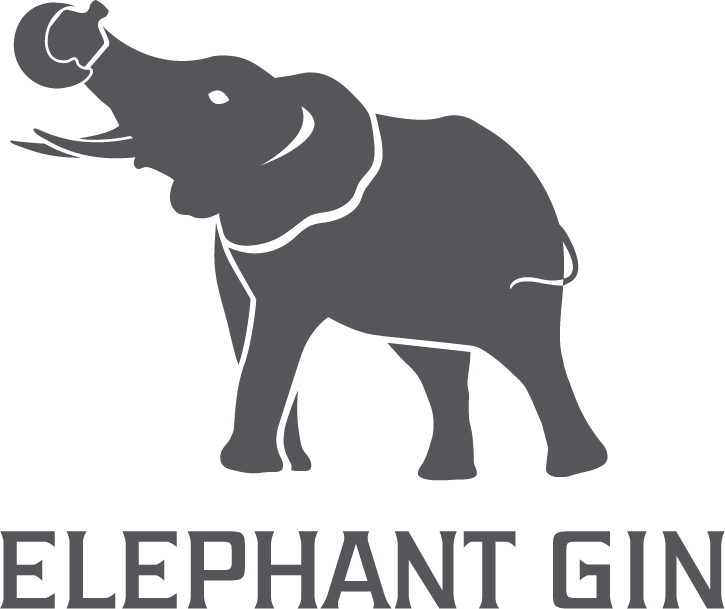- Choosing a selection results in a full page refresh.
- Opens in a new window.
Ipomoea

Ipomoea, along with her sister Ismay, were breakthrough babies for Three Holes (named, not to your surprise due to three holes in her right ear) – who lost her first two calves. They were observed and documented by a pioneering scientist Cynthia Moss.
Ipomoea was named with a relatively new system of naming at that point. By 1987 Cynthia was finding it harder and harder to come up with new names for calves, she had even gone through five ‘Names for Babies’ books and one ‘Dictionary of Saints’. Finally, she decided to name each year’s calves with a theme. Usually a calf is not named until it is four years old due to high risk of death. Up until that age it is referred to by a code based on its mother’s name and its year of birth. In 1991, when the 1987 calves were four years old, she chose the first theme: names of places in Kenya.
A few years later, in 1989, the theme was Norwegian names provided by a Norwegian friend of Cynthia who was working in Amboseli, while in 1991, when Ipomoea was born, the theme was plants that grow in the Amboseli area. Ipomoea is a very common one, also called ‘morning glory’.
In early 2000’s, both Three Holes, and her daughter Ipomoea, suffered a tragedy. Three Holes had a calf in February 2003, but he died in October of that year. Ipomoea had her first calf in May 2004, but she didn’t even live for one month. Sadly things didn’t look better next try. In 2005, Three Holes had a female calf; in 2006 Ipomoea also had a daughter; but as it turned out none of these calves would see their fourth birthday.
Ipomoea, her mother and also other females in their family shared the same fate due to variety of reasons; from inexperienced mothers, poaching, spearing to most common reason, severe droughts in Africa. The mothers had milk but not in great quantity or quality, but what really seemed to affect the calves was the lack of suitable vegetation to feed on once they reached the age when they should have started to eat solid food. Calves begin to eat a bit of grass when they are between three and four months old, and by the time they are eight months old they need quite a lot of food to sustain them. The swamp vegetation available in the drought times causes young calves difficulties for both handling and digesting.
Text: Amboseli Trust for Elephants & Cynthia Moss
Photo credit: Born Free


